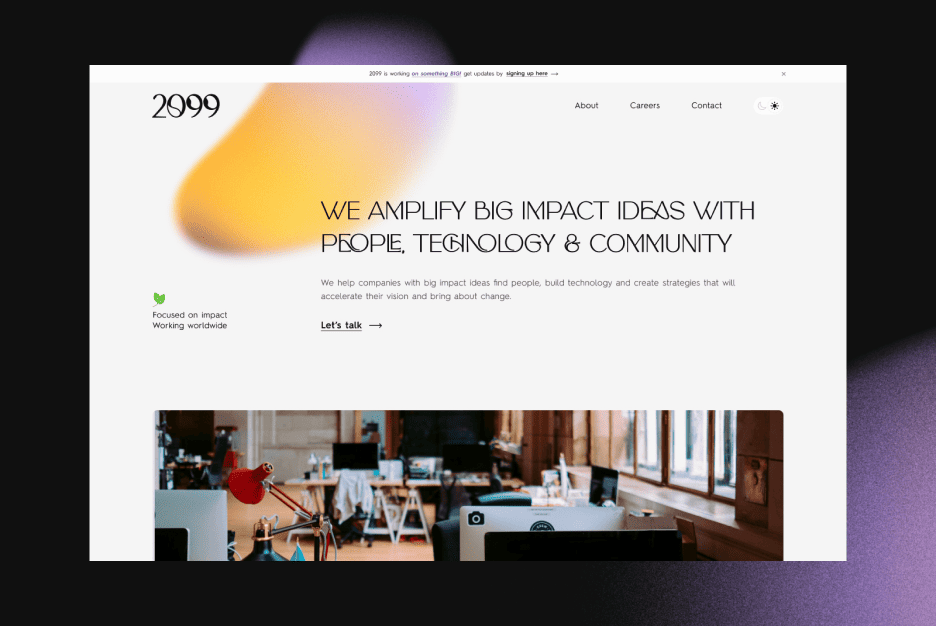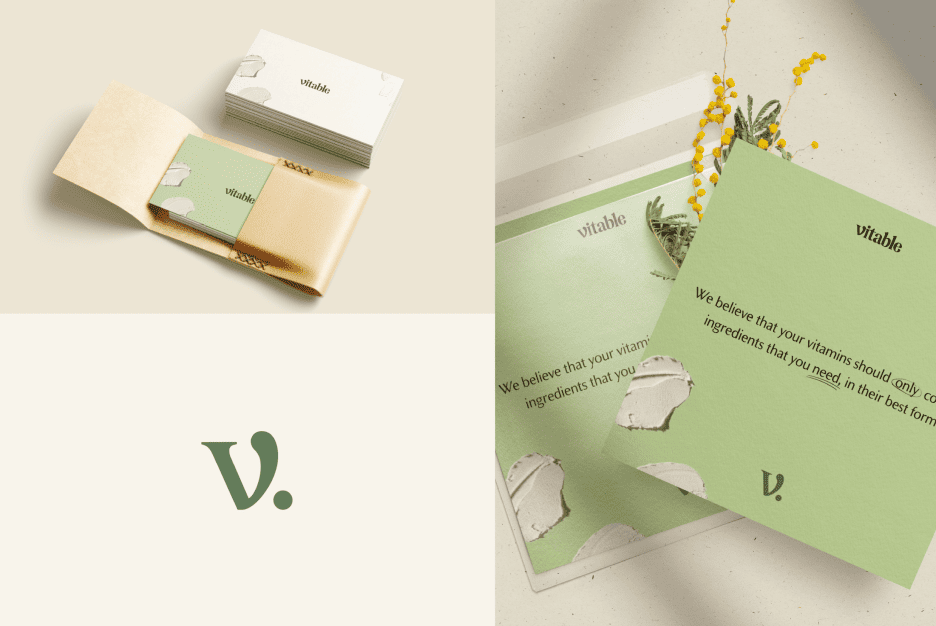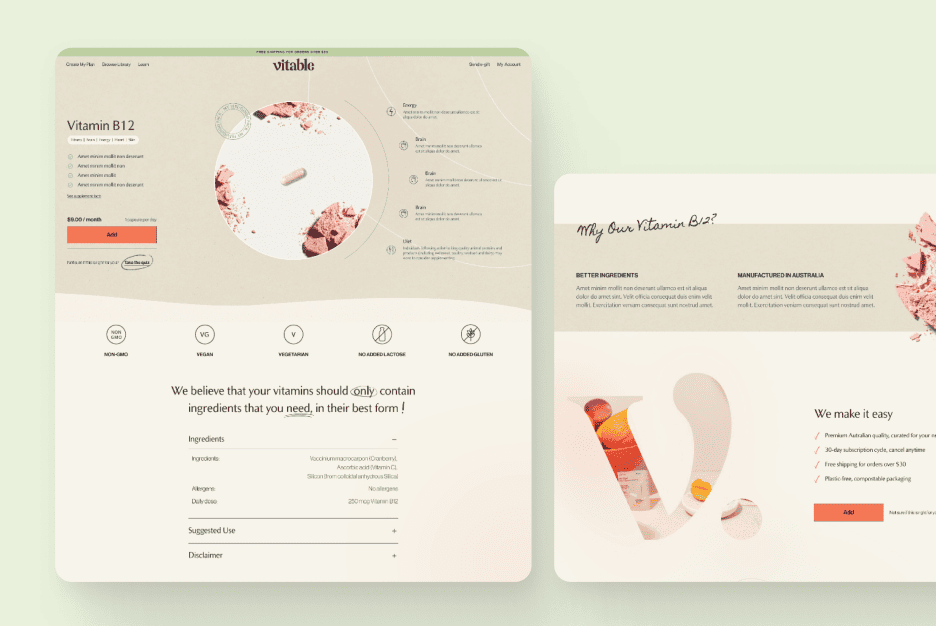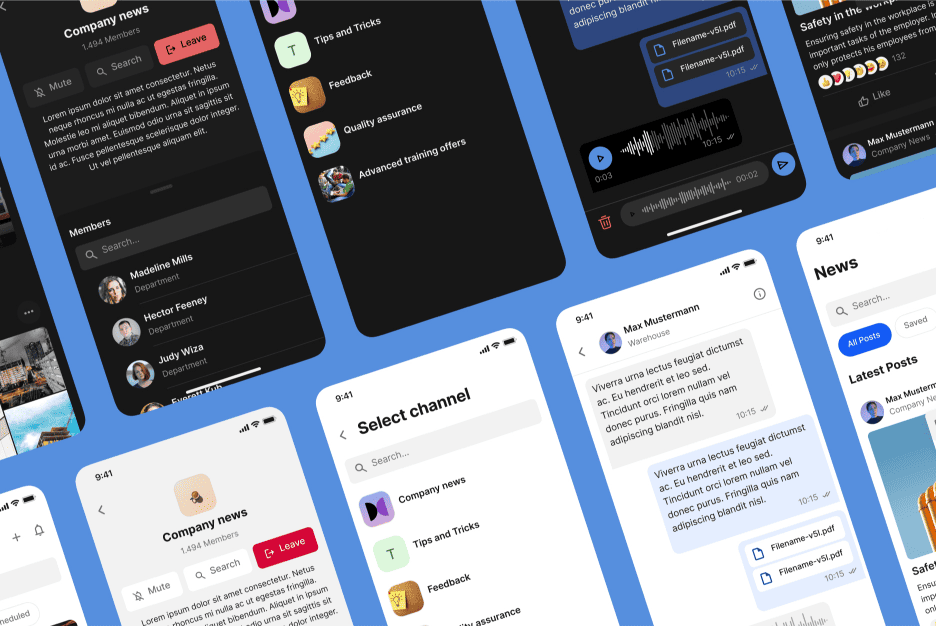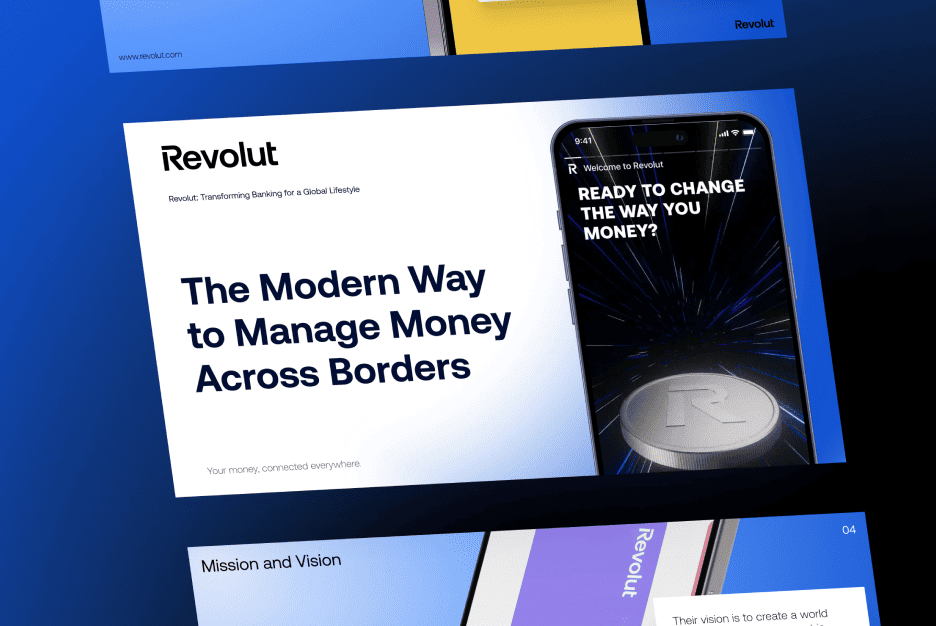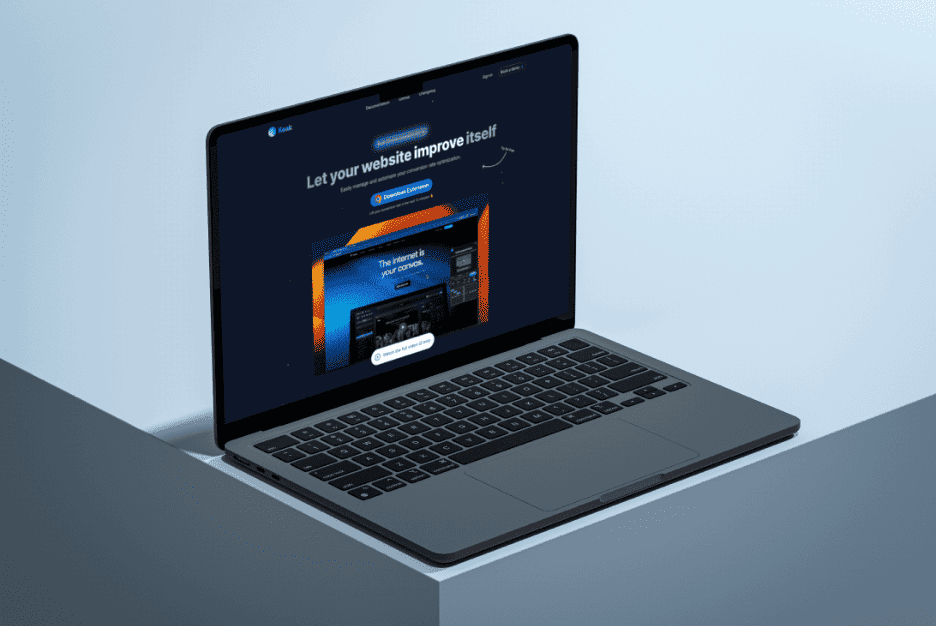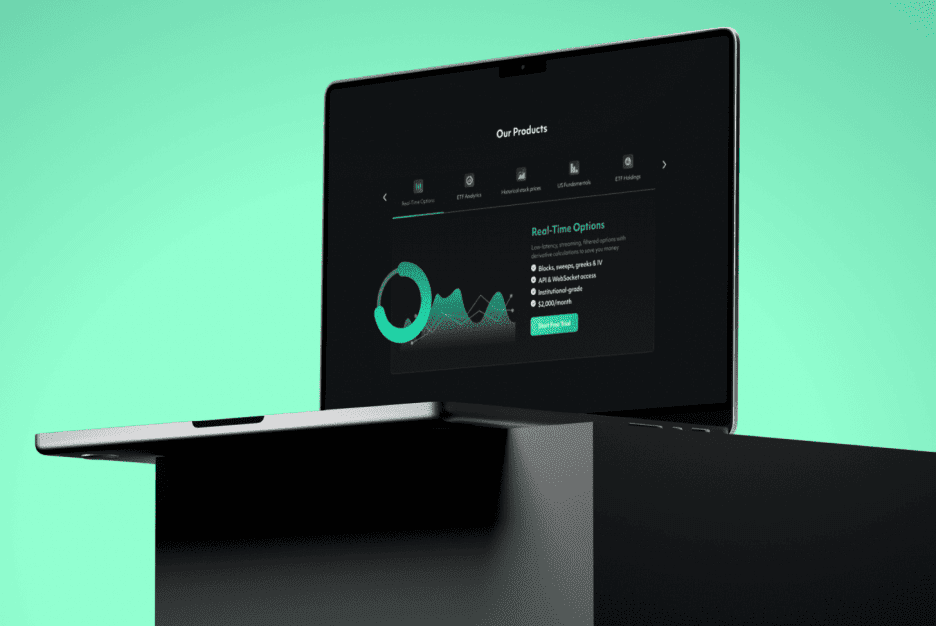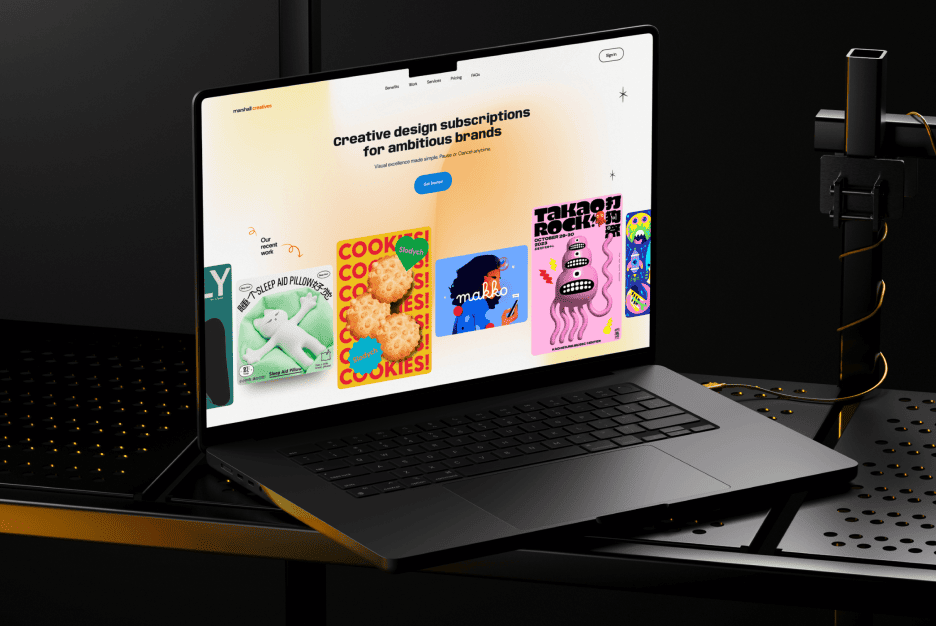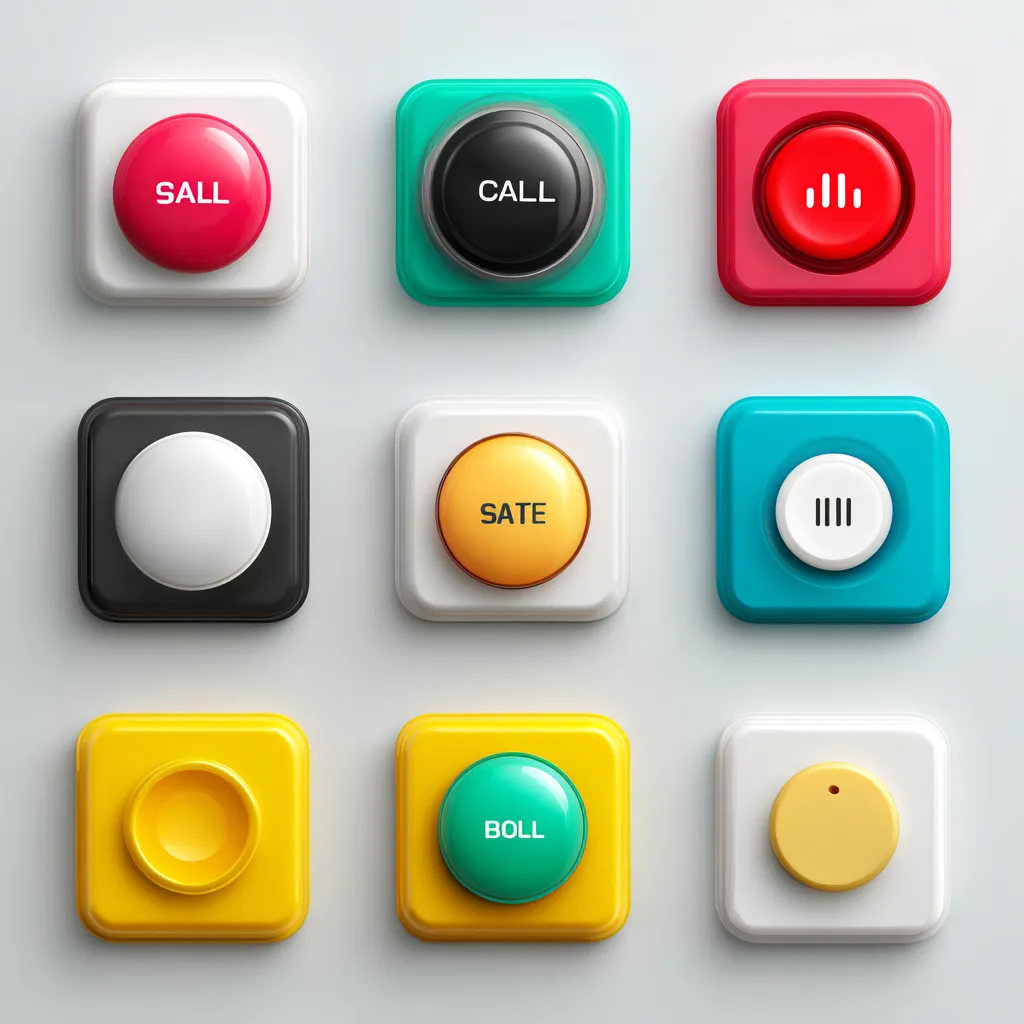The internet stopped being a boring directory of websites ages ago. Now every little detail of a page is fighting for attention. A tiny button can convince someone to pull out their credit card… or make them slam the tab shut forever. Designers and marketers eventually figured out that plain commands don’t do the trick anymore. The real magic begins where emotions kick in.
Why a button matters more than the whole design
You can pour thousands of dollars into sleek visuals and still lose everything on a dull rectangle. A button is the ultimate decision point where a visitor chooses whether they’ll stick around or bounce.
Think of Amazon’s legendary “One-Click Purchase.” That wasn’t just convenience — it was a revolution. The rest of the page could look however it wanted, but that button symbolized speed and ease. Without that confidence, the company wouldn’t have made such an impact.
From the first calls to action to the famous Buy Now
The early internet was super basic. Buttons just said things like “Click here” or “Submit.” Nobody was thinking about how wording influenced behavior — people were still learning to surf the web, and minimal effort was enough.
But as users got picky, “clicking for the sake of clicking” stopped working. That’s when we started seeing the classics: “Buy Now,” “Get Started,” “Join Free.” These weren’t commands, they were promises. And yes, they worked wonders.
Why standard calls to action stopped working
Today, we bump into hundreds of buttons every single day. Our brains developed a filter: “Oh, another ‘Sign Up’? Pass.” Overexposure killed the thrill.
Brands started noticing lower click-through rates and realized something was missing. Plain instructions didn’t spark feelings anymore. Without emotional connection, conversion sinks. That’s when a whole new mindset entered the game.

Emotions as the new language of interaction
People don’t buy products — they buy feelings. Confidence, joy, belonging — that’s what really sells. When a button taps into that, resistance melts away.
This is where Branding comes in. Smart companies ditched the old “Buy now” shouts. Instead, they whisper: “I want to try,” “Add a little happiness to my day.” Suddenly, the user isn’t being sold to. They want to click because it feels personal.
What call-to-emotion really means
Call-to-emotion isn’t about manipulation. It’s about creating resonance. Instead of forcing an action, it invites people into an experience.
That experience could be excitement, care, or even playfulness. That’s why so many companies weave in Gamification — to turn a boring tap into a tiny celebration. Click a button, get a reward, smile, move on.
Real-world brands betting on emotions
Airbnb nails it. Their buttons aren’t about “book now,” they’re about unlocking adventures and feeling at home anywhere. Nike, on the other hand, pushes you with inspiration: “Just do it.” It’s not about the shoes, it’s about you stepping up.
Spotify also plays it smart. Instead of a cold “Subscribe,” they say “Play free.” You don’t feel like you’re paying for something — you just feel like pressing play.
The psychology of color shape and wording
Psychology teaches us that shape and color massively affect decision-making. Red creates urgency, green signals trust, blue feels safe. Even a subtle shadow can whisper: “It’s fine, go ahead.”
Wording works the same way. “Start” feels warmer than “Register.” Add a little friendliness, and suddenly it’s not a command — it’s an invitation. Simple tweak, huge effect.

Mistakes that kill emotion and trust
The biggest mistake? Being too pushy. If a button screams in your face, people back away. Nobody likes being shoved into action.
The second killer is false promises. Say “Get your free gift” and then throw a boring form in the user’s face — congrats, you’ve lost trust forever. Better to be smaller in promise but honest in delivery.
How to test emotional triggers without being manipulative
Testing isn’t optional — it’s survival. A/B tests show which messages hit harder.
And it’s not just about the text. Try changing the tone, the colors, even the placement. To keep things clear, here’s a simple process:
- Pick one hypothesis to test
- Split your audience into groups
- Launch multiple button variations
- Compare the numbers and learn
The golden rule: stay ethical. Short-term tricks may give a spike, but honesty wins in the long run.
The future of buttons and buttonless interfaces
Funny thing is, the future might ditch buttons altogether. Voice assistants, gestures, even brain-computer interfaces — none of that is sci-fi anymore.
Onboarding into these new systems will decide how quickly we adapt. Who knows, one day the “button” will feel as outdated as floppy disks or pagers.
